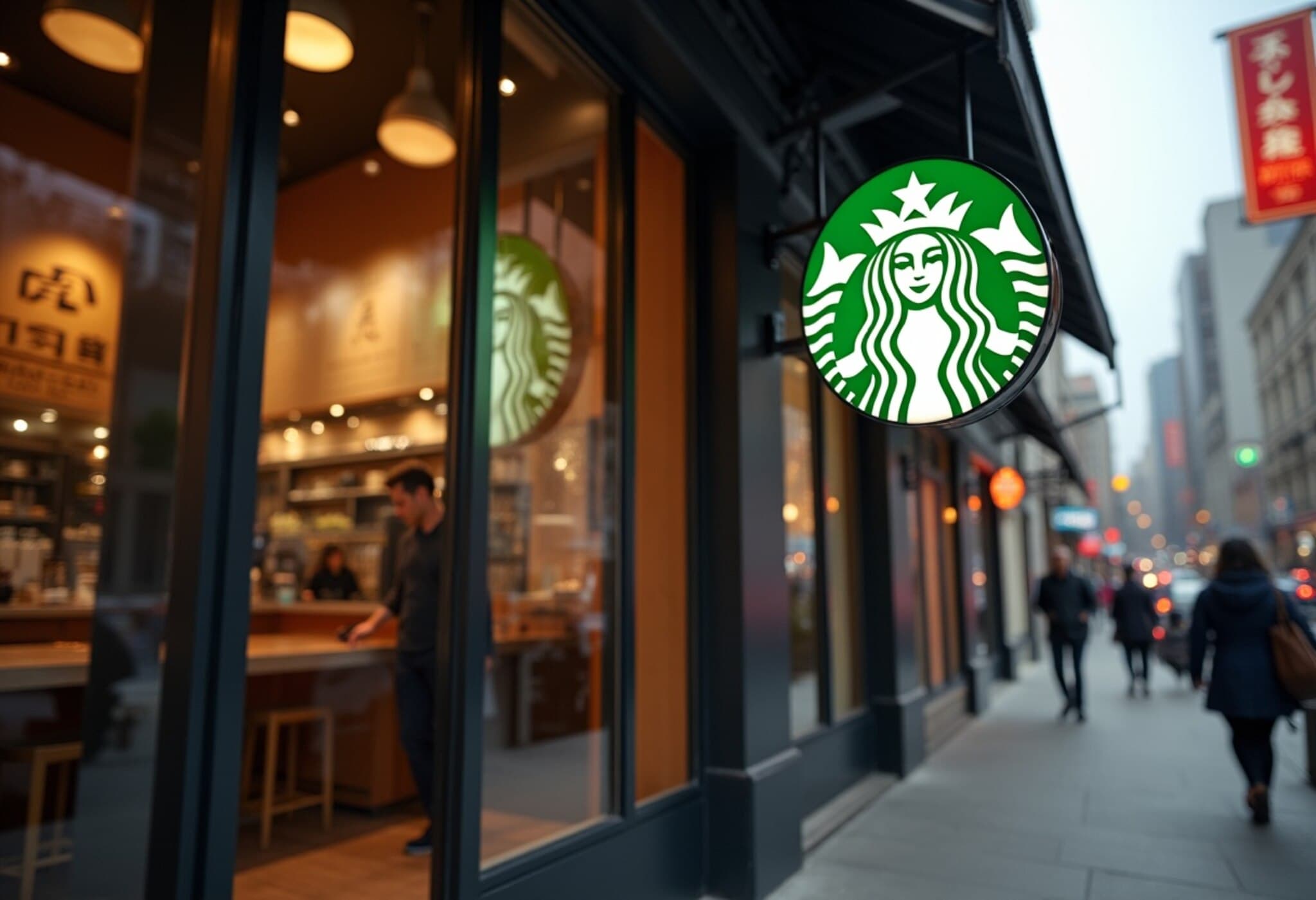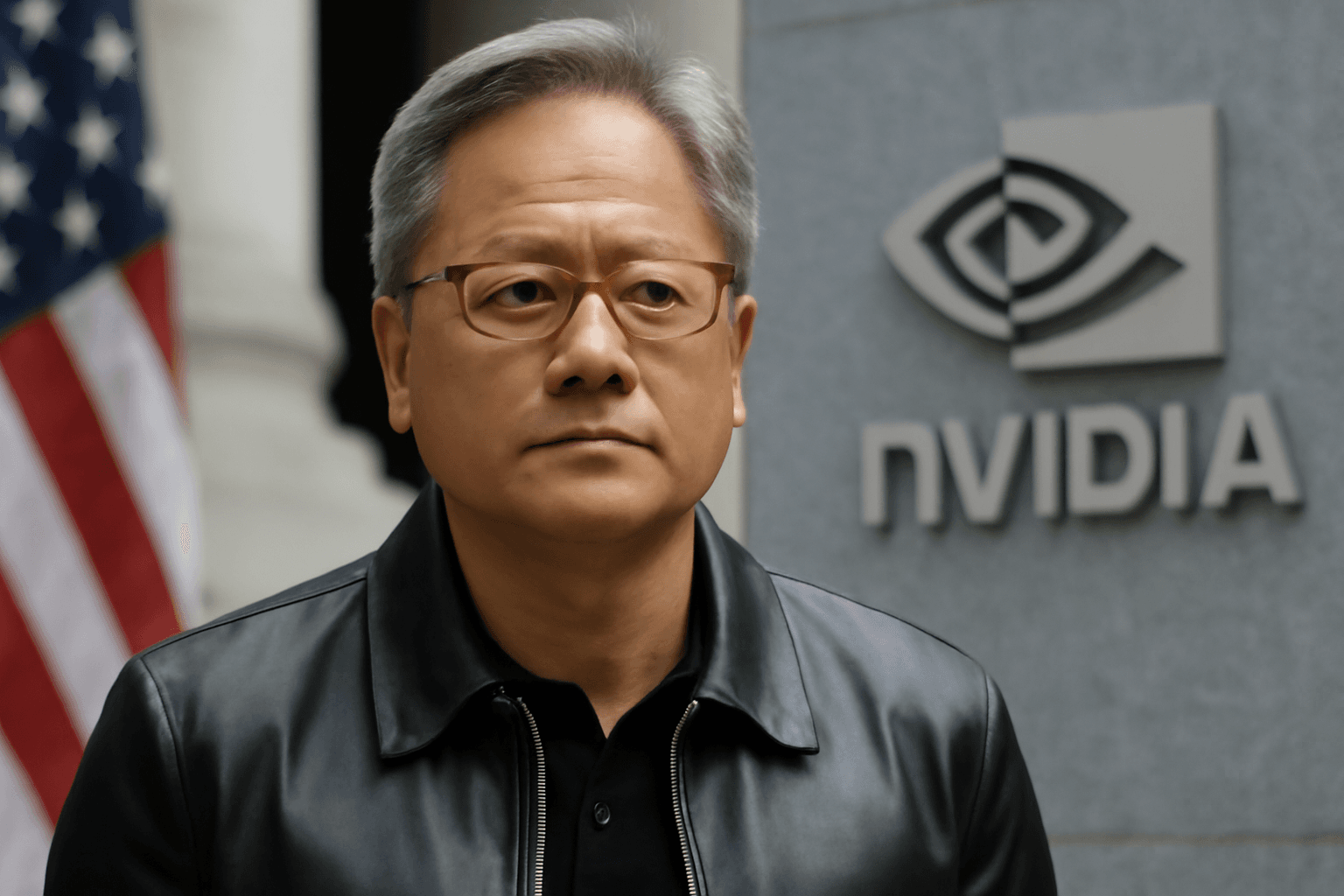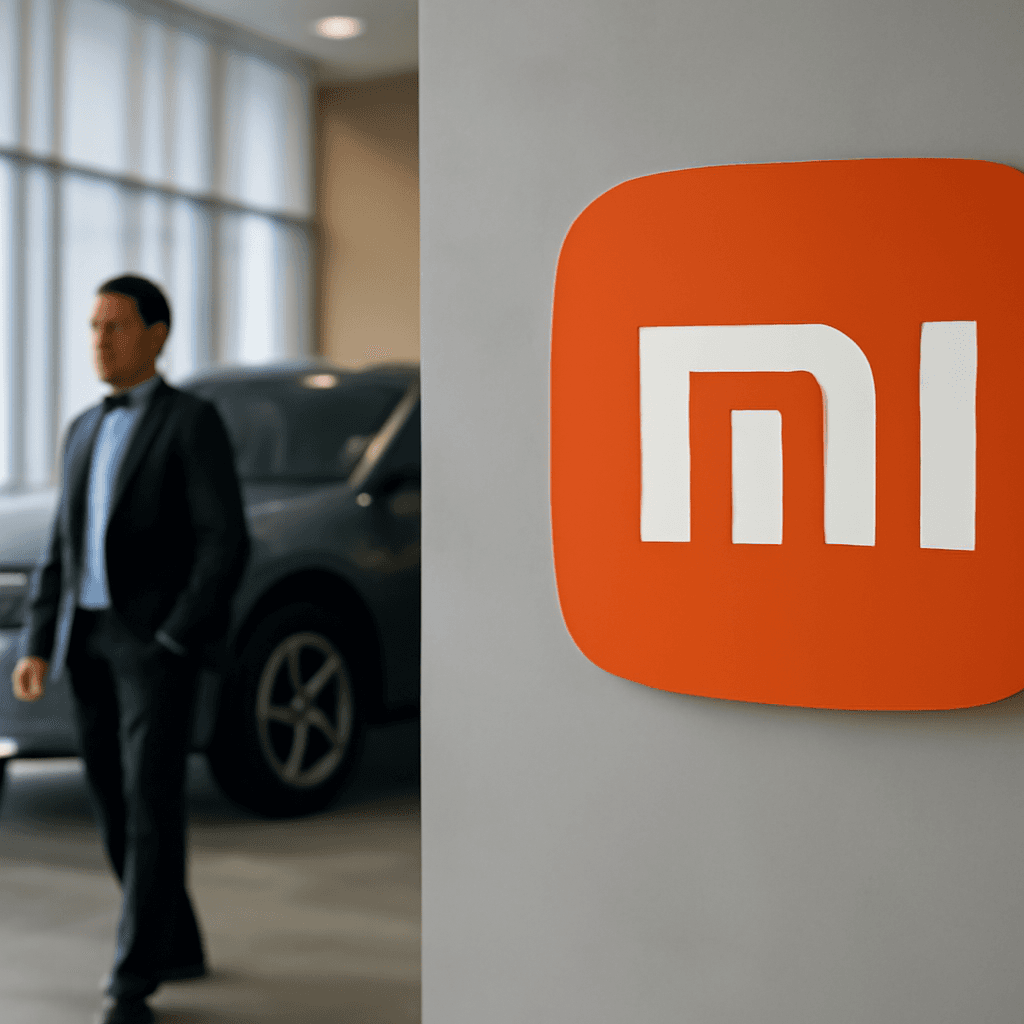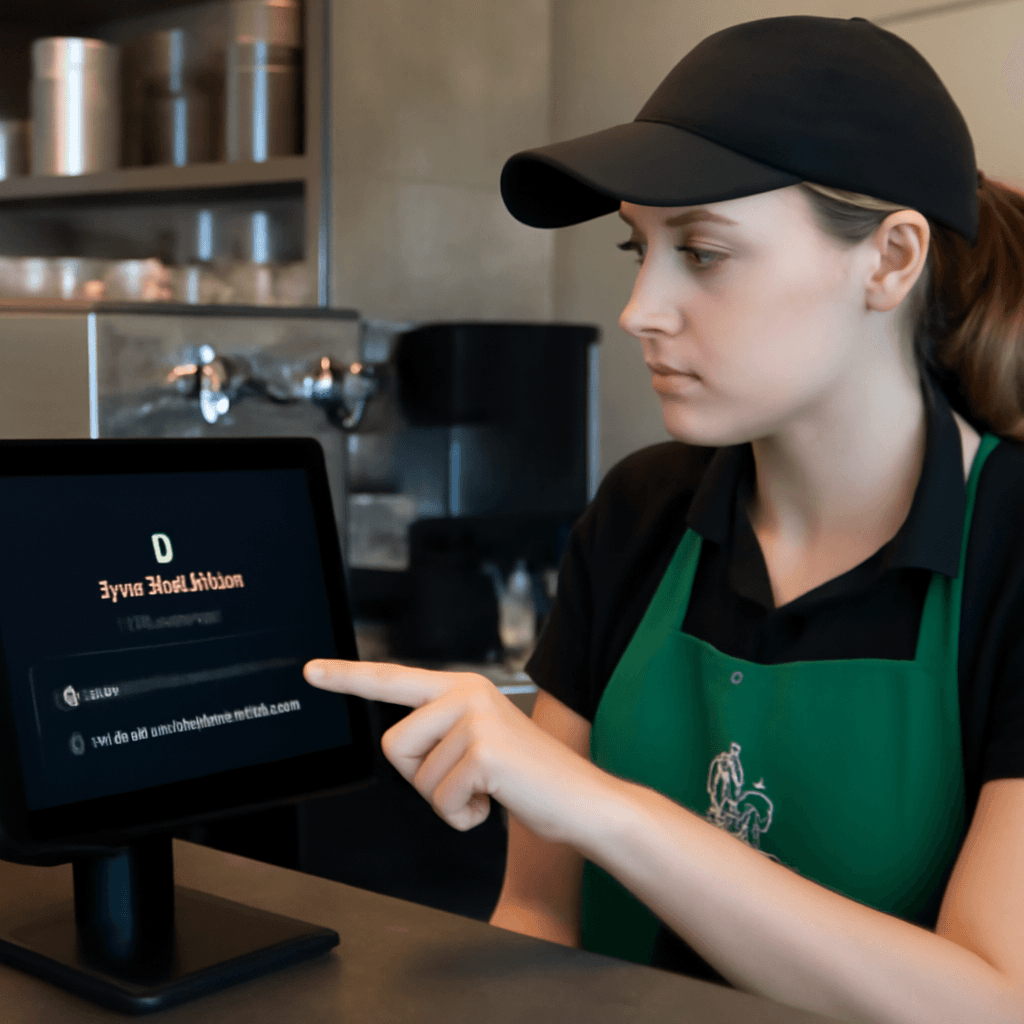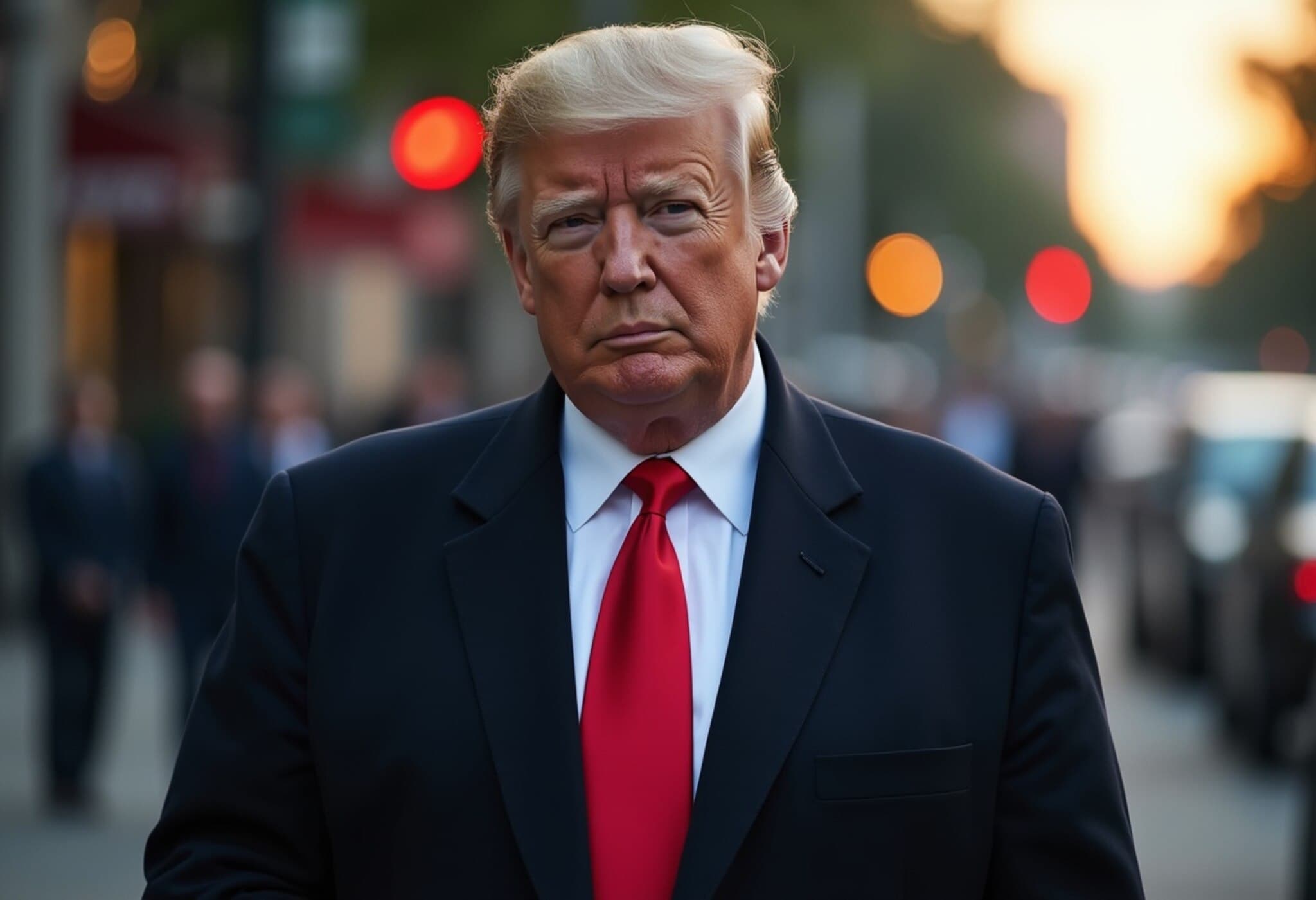Starbucks’ China Business Valuation Generates Mixed Investor Reactions
Recent reports reveal that Starbucks has received offers valuing its China operations at up to $10 billion. This news initially sent Starbucks’ shares soaring over 3% on the Nasdaq, hitting a three-month high, before settling to a modest gain. The bidding interest highlights the coffee giant's prominence in China but also raises critical questions about whether the valuation accurately reflects the realities on the ground.
The Numbers Behind the Buzz
Sources indicate that potential buyers are bidding within a range of $5 billion to $10 billion for a stake in Starbucks China. While bidding activity appears robust, many analysts remain cautious. The stock opened at around $97.89 on the news but settled near $95, close to its 12-month target price set by Citi Bank.
Market Realities: Is $10 Billion Too High?
Industry experts argue that the upper-end valuation might overlook some pressing challenges Starbucks faces in the Chinese market.
- Competitive Landscape: Starbucks’ market share has slumped dramatically to 14% in 2024 from 34% in 2019, according to Euromonitor, due largely to aggressive local competitors like Luckin Coffee — which boasts over 24,000 stores in China compared to Starbucks’ 7,758.
- Sales Pressure: Starbucks China’s same-store sales remain substantially down — around 33% below pre-pandemic levels — reflecting ongoing difficulties recovering from COVID-19 disruptions.
- Brand Positioning Dilemma: Analysts point out that Starbucks is caught between maintaining its premium brand image while adapting to a market where consumers are increasingly price-conscious but still seek emotional and experiential value from coffee purchases.
Ben Cavender, Managing Director of China Market Research Group, stressed to CNBC the tough balancing act Starbucks faces: "It’s challenging for a large-footprint brand like Starbucks to stay agile amid rapid market changes, especially when local rivals are nimble and aggressive." Similarly, Citi Bank analysts note that the $10 billion price tag assumes significant near-term improvements in sales and profitability, which remain uncertain.
Strategic Moves and Market Adaptation
In response, Starbucks has initiated efforts to regain momentum in China, including its first-ever price cuts in June, targeting over 20 iced and tea-based beverages with average discounts of about 5 yuan (approximately 70 cents). This move aims to capitalize on China's burgeoning non-coffee market segment and attract more value-conscious consumers.
Jason Yu, General Manager at CTR Market Research, suggests that actual transaction values may come in lower than advertised, given competitive pressures. He noted, "Starbucks needs to either improve operational efficiency and pricing competitiveness or focus on delivering authentic brand experiences by pruning less profitable stores." Yu concludes that "attempting to straddle both approaches is a precarious position for Starbucks in China."
Ownership Strategy Under CEO Brian Niccol
Starbucks formally began exploring a partial sale of its China operations late last year, entertaining proposals from potential investors but has yet to decide if it will retain control or sell a minority stake. This initiative fits within CEO Brian Niccol’s broader strategy to streamline operations and unlock value, reminiscent of his successful leadership during Taco Bell’s parent company Yum Brands’ spin-off of Yum China in 2016.
Industry commentator Jim Cramer of CNBC Investing Club remarked, "Selling a stake can enable Starbucks to focus on its core strengths while leveraging capital for growth elsewhere, much like Yum Brands did. For investors, this signals opportunities but also risks tied to China's complex coffee market."
Contextualizing Starbucks’ Position in China
The Starbucks-China story exemplifies the broader challenges multinational corporations face in dynamic, highly competitive markets with fast-evolving consumer tastes. Navigating local rivalries, pandemic aftershocks, and pricing pressures tests even the most established brands.
For American investors and policymakers, Starbucks’ experience underscores the need for nuanced understanding of foreign market risks, especially in sectors driven by consumer sentiment and innovation speed.
What Lies Ahead?
- Will Starbucks succeed in reshaping its China operations to regain lost market share?
- How will the balance between pricing strategy and brand identity evolve amid consumer belt-tightening?
- What valuation will private equity investors ultimately agree upon, given the current growth uncertainties?
The unfolding developments around Starbucks in China remain a telling case study on globalization’s complexities, competitive strategy, and investor expectations amid shifting economic realities.

